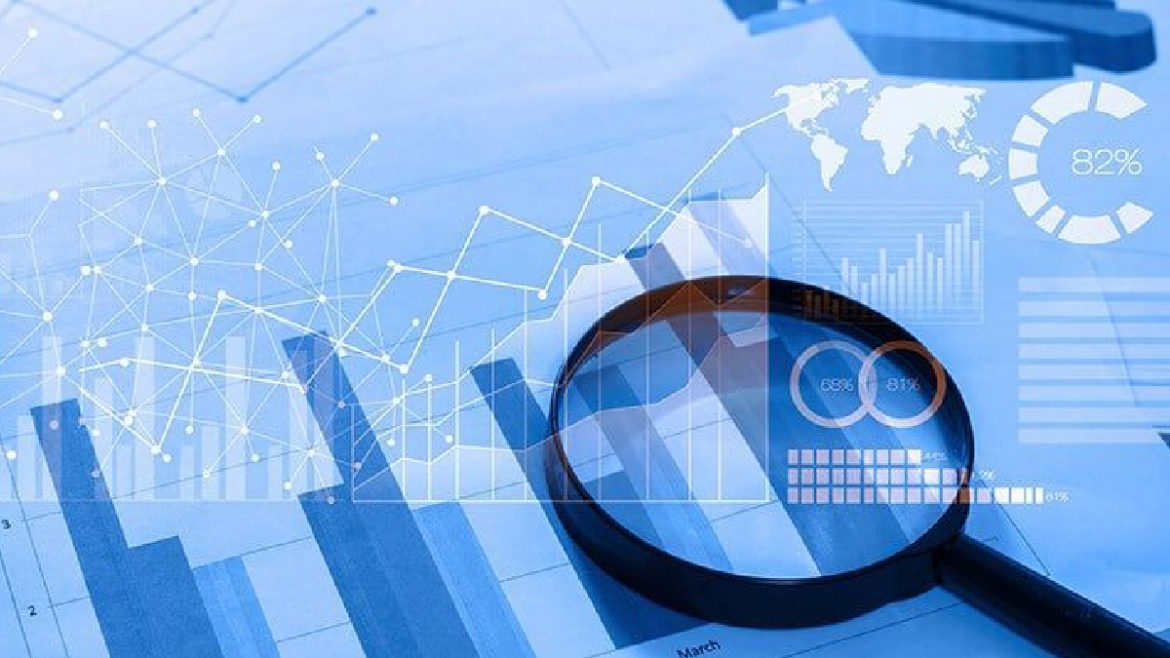Day traders buy and sell stocks multiple times during trading hours in the hope of turning profits based on a stock’s volatility on any given day. Though the invested capital is at risk, there is still a possibility to turn a profit. The profits earned depend on the capital invested and a higher investment gives high returns. In the stock market, traders borrow funds from their broker or their exchange, and often “play the market” with more than the capital in their account would allow. Margin trading allows those traders to open long and short positions and take advantage of market volatility, thereby multiplying their returns. But it’s not all wins. Margin trading can also lead to amplified losses.
While buying on margin facilitates day traders who have a great strategy but less capital at hand, it accentuates risk. The trader’s buying power is enhanced and the shortfall is filled by the funds from the exchange, broker or peers. The Financial Industry Regulatory Authority (FINRA) rules define a day trade as “The purchasing and selling or the selling and purchasing of the same security on the same day in a margin account.”
Requirements for Margin Trading
For margin trading, investors deposit cash or eligible securities that meet the requirements of the brokerage firm or exchange. According to Federal Regulations, investors borrow up to 50% of the total cost of purchase on margin and the remaining 50% is deposited by the trader as the initial margin requirement. The maintenance margin requirements for a pattern day trader are much higher than that for a non-pattern day trader. The minimum equity requirement for a pattern day trader is $25,000 (or 25% of the total market value of securities, whichever is higher) while that for a non-pattern day trader is $2,000. Every day trading accounts must meet this requirement independently and not through cross-guaranteeing different accounts. In situations when the account falls below this stipulated figure of $25,000, further trading is not permitted until the account is replenished.
How does Margin Trading work on cryptocurrency exchanges?
Margin trading accounts are used to create leveraged trading, and the leverage describes the ratio of borrowed funds to the margin. To open a $100,000 trade at a leverage of 10:1, a trader would need to commit $10,000 of their capital. Different platforms offer a distinct set of rules and leverage rates.
In stock markets, 2:1 is the typical ratio while in Forex Brokerages it is 100:1 or 200:1. In cryptocurrency markets, the ratios are typically ranging from 2:1 to 100:1, and the trading community often uses the ‘x’ terminology (2x, 5x, 10x, 50x, and so forth).
For instance, if a trader opens a long leveraged position, they could be margin called when the price drops significantly. A margin call occurs when a trader is required to deposit more funds into their margin account in order to reach the minimum margin trading requirements. If the trader fails to do so, their holdings are automatically liquidated to cover their losses. Typically, this occurs when the total value of all of the equities in a margin account, also known as the liquidation margin, drops below the total margin requirements of that particular exchange or broker.
Day Trading is a risky exercise, however it gives traders an enhanced buying power however, it should be used prudently so that traders do not end up incurring huge losses. Certainly, margin trading is a useful tool for those looking to amplify profits of their successful trades and it can aid in both profitability and portfolio diversification. In cryptocurrency, it should be approached even more carefully due to the high levels of market volatility.
Disclaimer
Content provided by CryptoTraderNews is for informational purposes only, and should not be construed as legal, tax, investment, financial, or other advice. All information is of a general nature. As always, there is risk with any investment. In exchange for using our products and services, you agree not to hold CryptoTraderNews Pro, its affiliates, or any third party service provider liable for any possible claim for damages arising from decisions you make based on information made available to you through our services.

1 comment
[…] Stocks […]
Comments are closed.